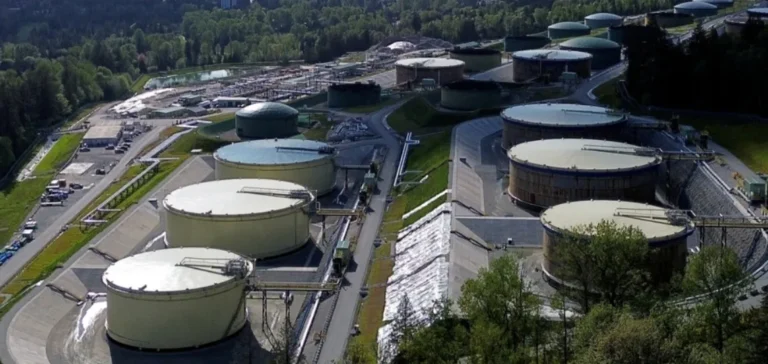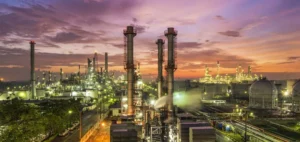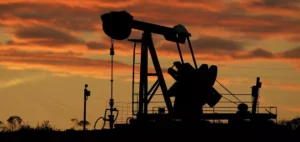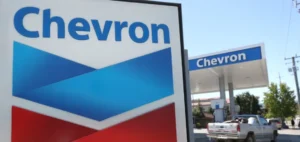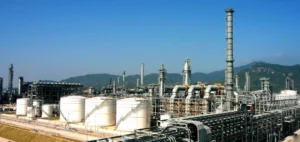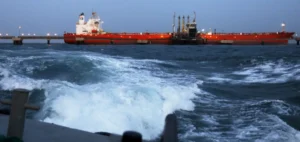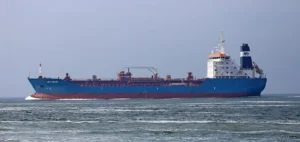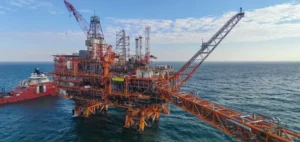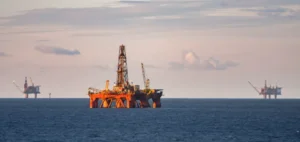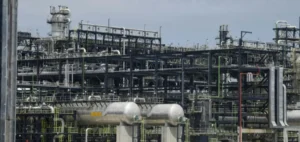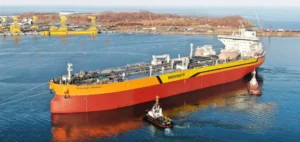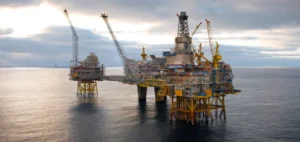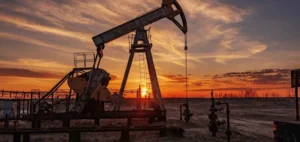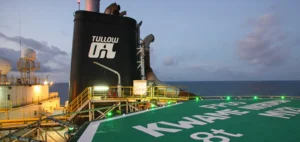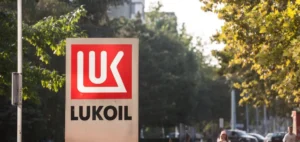Global oil supply will grow faster than previously expected in 2025, reaching an additional 2.7 million barrels per day, up from the earlier estimate of 2.5 million, according to the latest monthly report from the International Energy Agency (IEA). This trend is projected to continue in 2026 with a further increase of 2.1 million barrels per day, amid rising deliveries from members of the Organisation of the Petroleum Exporting Countries and their allies (Opec+), as well as producers outside the alliance.
Increased supply disrupts market balance
Opec+ countries have accelerated the unwinding of their second tier of production cuts, contributing to the current oversupply. This decision comes as the IEA slightly raises its global demand growth forecast for 2025 to 740,000 barrels per day, a revision of 60,000 barrels from the previous estimate. However, the increase remains insufficient compared to the surge in supply, heightening the risk of imbalance in global markets.
According to the agency, global oil inventories are expected to grow by an average of 2.5 million barrels per day during the second half of the year. This build-up, described as “untenable”, reflects a widening gap between supply and demand, reinforced by strong production growth from the United States, Canada, Brazil and Guyana.
Worsening surplus scenario for 2026
For 2026, the report anticipates an even larger surplus, estimated at 3.3 million barrels per day if current trends persist. The projections also account for moderate demand expansion, limited by cautious economic outlooks and the rise of alternative energy sources. The IEA remains cautious, noting that market balances could still shift due to geopolitical tensions, trade policy shifts or new international sanctions, particularly against Russia and Iran.
Price impact and buyer behaviour
The report highlights that the current market structure, marked by backwardation – where short-term prices exceed those for future delivery – reflects strong near-term demand, partly driven by strategic stockpiling in China. Brent crude remained steady below $68 a barrel at the time of the report’s release.


